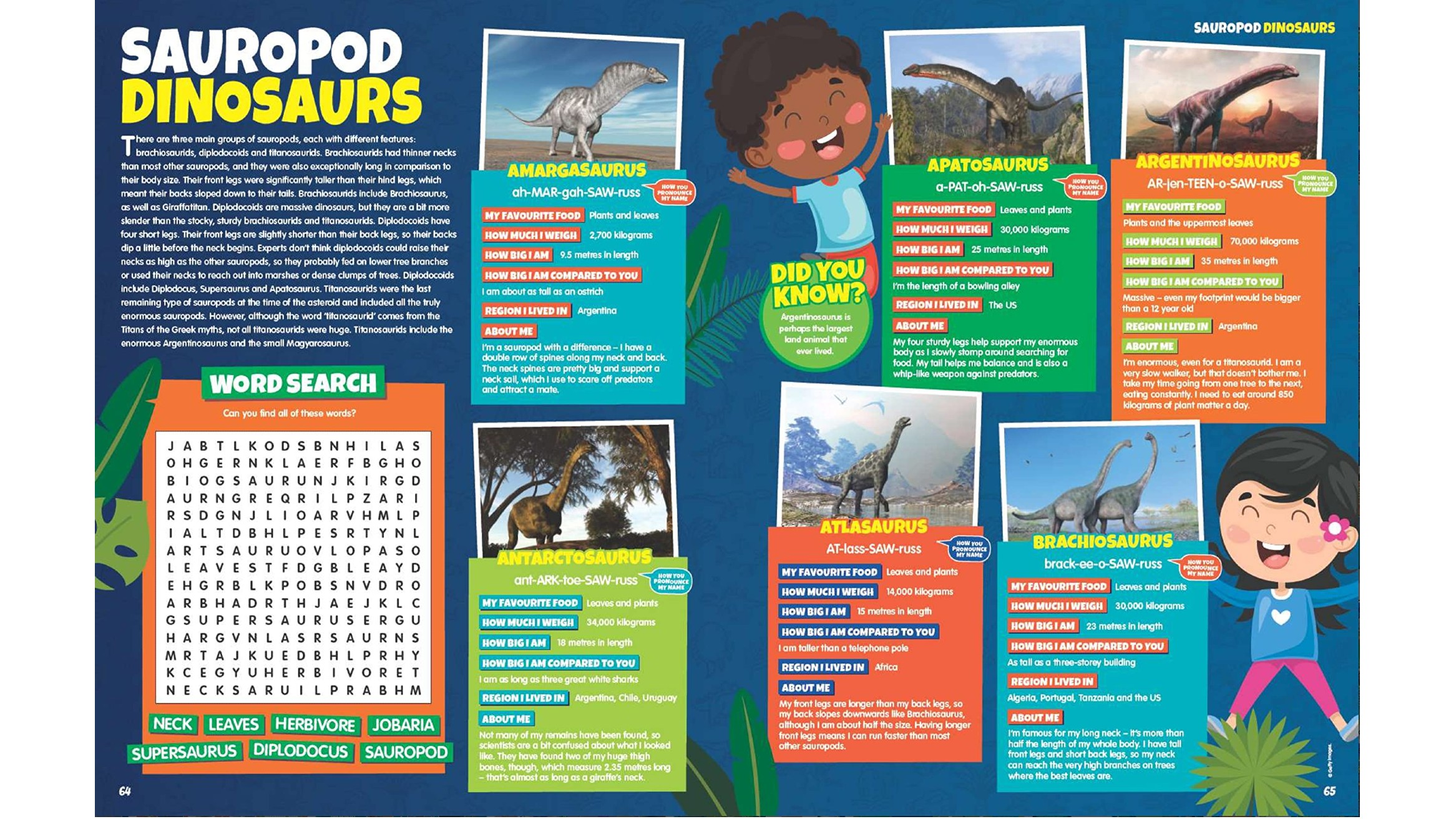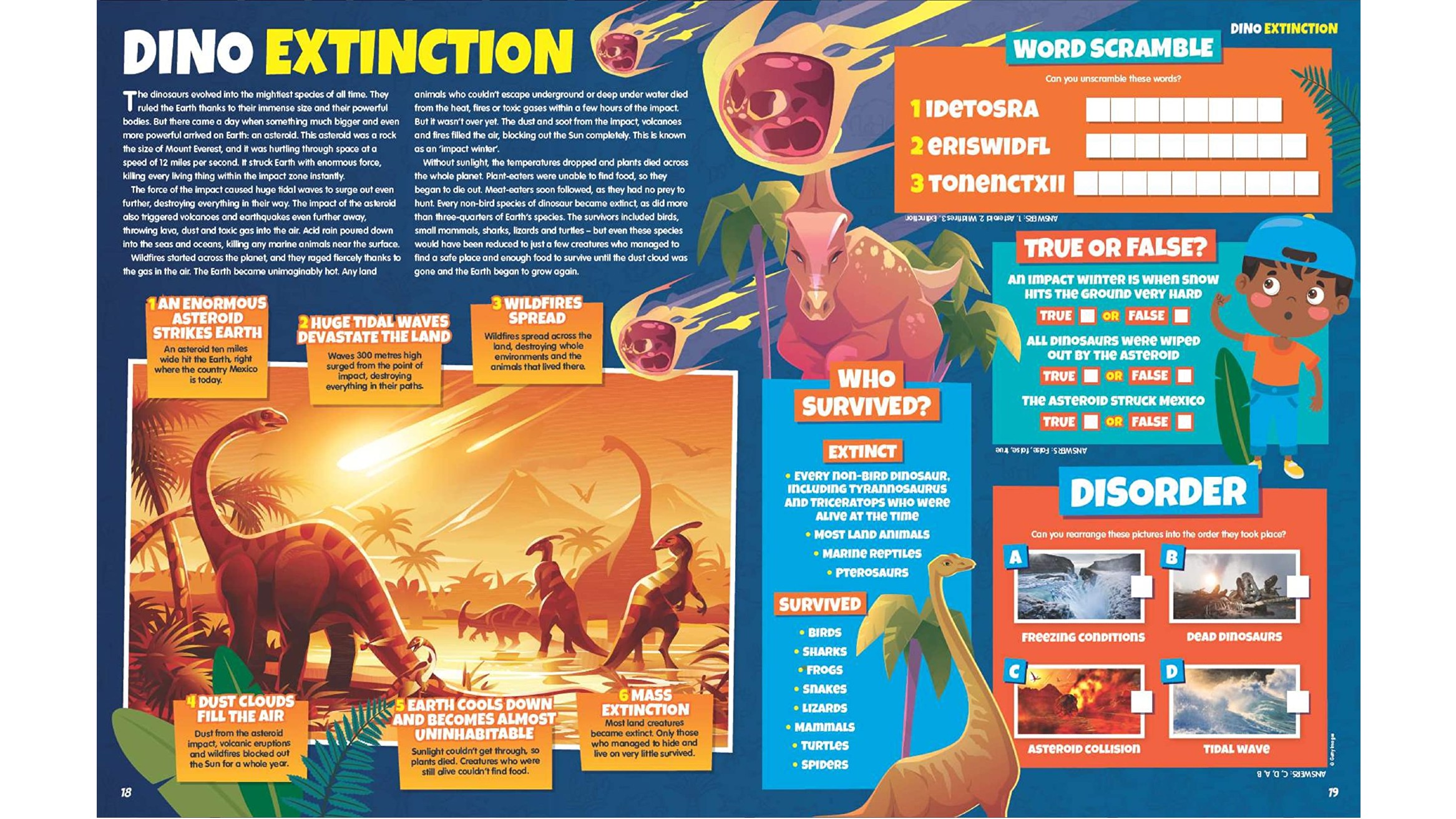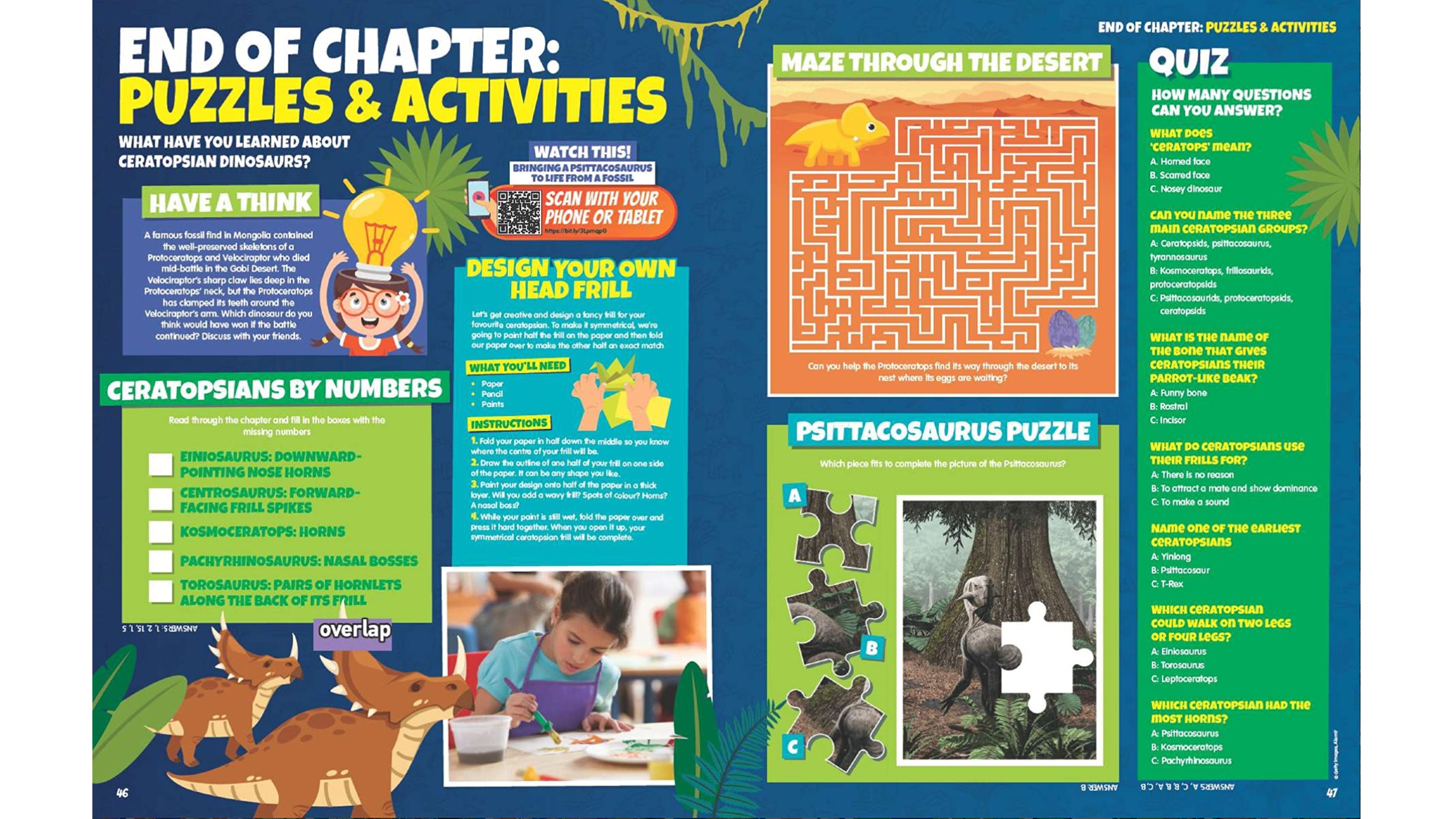Walk with dinosaurs in this puzzle-packed edition of Future Genius, now available on Amazon
It's all about dinosaurs in this special edition of Future Genius: Discover the diversity amongst dinosaurs and learn all about how these prehistoric creatures lived.

Dinosaurs are roaming free in a new special edition of Future Genius dedicated to the largest reptiles to ever roam the Earth.
From the makers of How It Works magazine, Future Genius is a magazine that's bursting with activities to encourage and maintain children's inquisitive minds. In this special edition, your little future geniuses can meet some of the incredible creatures that ruled the planet long before humans took their first steps.
For around 174 million years reptilian giants known as the dinosaurs roamed the planet across three geological periods, called the Triassic, Jurassic, and the Cretaceous — collectively known as the Mesozoic era.
Although the word "dinosaur" means "terrible lizard", these prehistoric giants weren't in fact lizards at all and instead were ancient reptiles that shared similar treats. For example, all dinosaurs laid eggs, had a vertebrate, and their legs were positioned directly beneath their bodies. Your kids will discover these dinosaur characteristics and with every page turn of this, as well as through Future Genius' video and augmented-reality features.

Dinosaurs underwent countless adaptations and changes in their physical appearance and behavior during their evolution. Some developed long necks and enormous bodies, like the diplodocus, while others balanced on two feet, grew razor-sharp teeth, and became the planet's top predators. This is this special edition of Future Genius, you'll get the chance to meet them all and discover what they look like, what they liked to eat, and where they lived.
For example, the armored ankylosaurus enjoyed spending its time munching on plants and using its club tail to battle against predators, whereas the corythosaurus, used tubes that were integrated into the helmet of the dinosaur's head like a trumpet to warn others of nearby threats.
Throughout this special edition, young explorers will be taken through the millions of years of dinosaur history right up to the point that they were wiped off the face of the planet.
Sign up for the Live Science daily newsletter now
Get the world’s most fascinating discoveries delivered straight to your inbox.

By the end of the Cretaceous period — 66 million years ago — the reign of the dinosaurs came to a violent end when an asteroid the size of Mount Everest came crashing down to Earth.
At a rate of 12 miles per second (20 kilometers per second), the asteroid bombarded our planet, killing all life in its initial impact zone and triggering volcanoes, earthquakes, and clouds of toxic air to finish off the rest of the dinosaurs around the world. Well, not all of them. Modern-day birds and crocodiles are the descendants of dinosaurs such as the bird-like archaeopteryx, which avoided the effects of the asteroid impact and survived the final prehistoric mass extinction.

Putting newfound knowledge to the test, Future Genius is packed with prehistoric puzzles, challenges, and games for budding paleontologists to enjoy, including quickfire quizzes, word searches, memory games, and much more. There are also several at-home experiments to enjoy, such as sculpting your own dinosaur, making a stop-motion movie, and building your own exploding volcano.
This special edition of Future Genius is the perfect gift for young learners, as well as a great tool to help build their problem-solving, reading, and cognitive skills.
Pick up your Future Genius: Dinosaurs for $12.99 on Amazon.com

Scott is a staff writer for How It Works magazine and has previously written for other science and knowledge outlets, including BBC Wildlife magazine, World of Animals magazine, Space.com and All About History magazine. Scott has a masters in science and environmental journalism and a bachelor's degree in conservation biology degree from the University of Lincoln in the U.K. During his academic and professional career, Scott has participated in several animal conservation projects, including English bird surveys, wolf monitoring in Germany and leopard tracking in South Africa.









